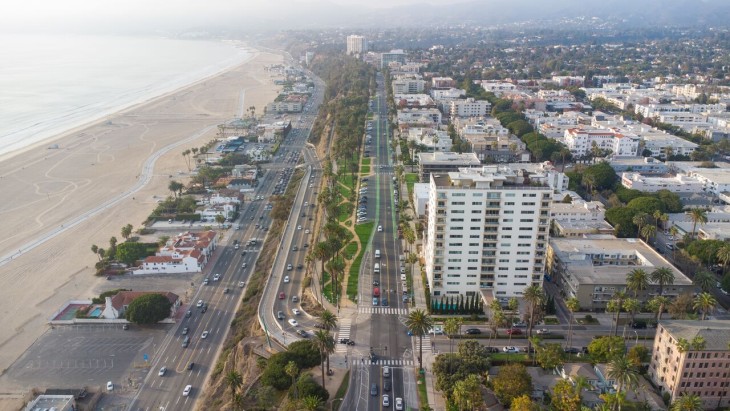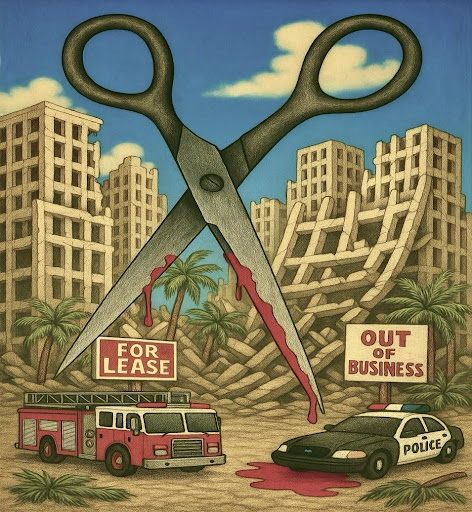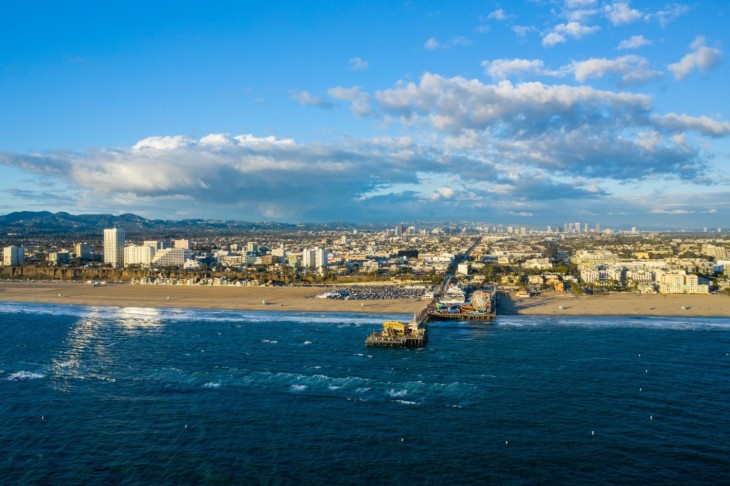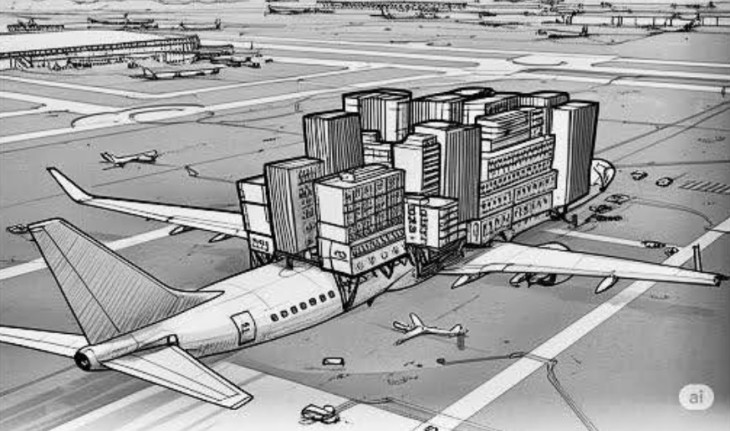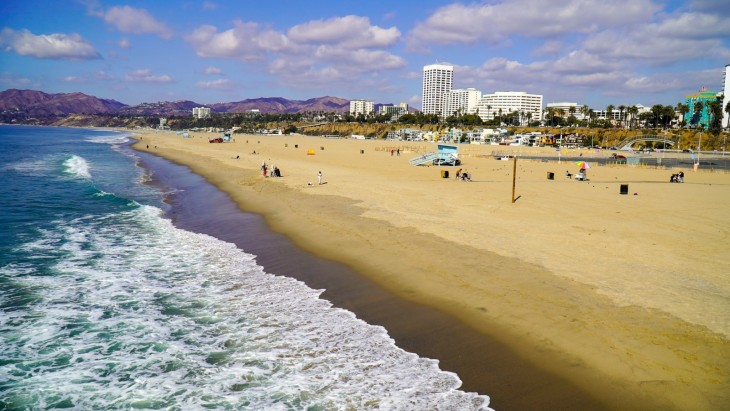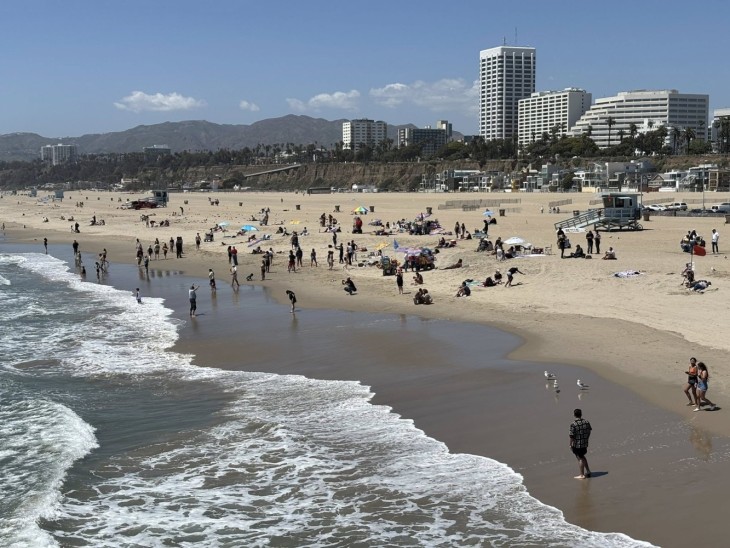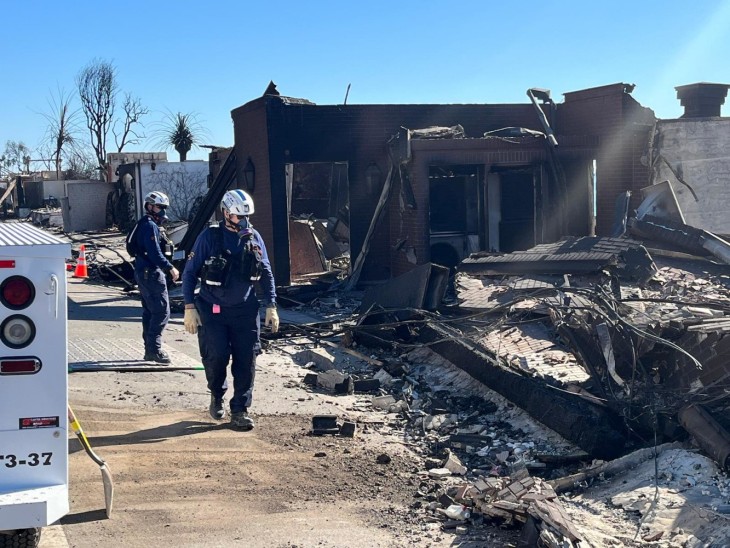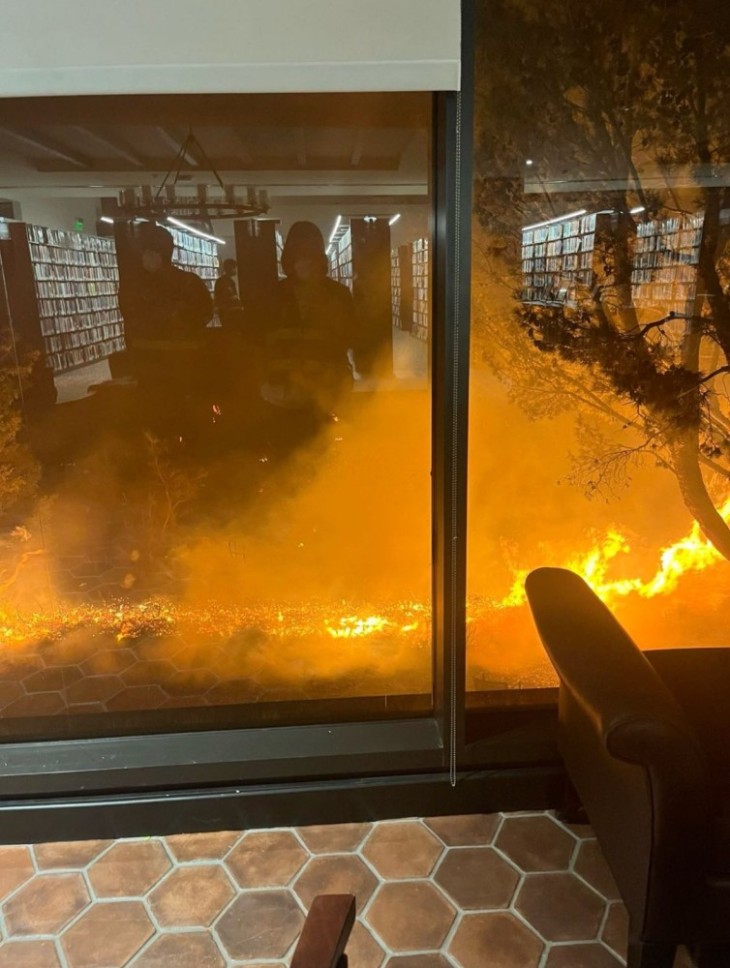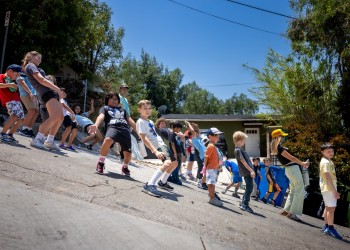Few bills before the state Legislature this summer will draw as firm opposition as one called AB 1998, a partial ban on single-use plastic bags in California which would also include a form of a “bag tax.”
From the sound of the opponents, you’d think this plan was a major health hazard and a huge tax hit, perhaps even akin to the $1.40-per-pack additional levy also lately proposed for cigarettes.
But no, the bag tax discussed here would amount to about a nickel a bag for one-time-use recycled paper bags starting in 2012, and it has specific exemptions for plastic bags like the ones used for fresh produce and meat products that often leave liquid residues on counter tops and elsewhere.
Stores would also be required to offer reusable cloth or plastic bags for sale, as many already do. The idea is to stop the vast expansion of use of one-time-use plastic bags, of which about 19 billion are now are distributed in California every year (about 600 per person). That would cut national dependence on foreign oil at the same time it vastly reduces the proliferation of plastic trash plaguing city streets and rural highways.
A prior version of this plan called for charging 25 cents per single-use bag, probably too high to accomplish the law’s purpose. Certainly voters in usually-green Seattle, Wash., thought that level of fee was too high when they voted overwhelmingly last year to overturn a 20-cent city levy on non-reusable bags.
Why even consider what amounts to a bag tax when California voters less than two years ago nixed an attempt to extend this year’s increases in sales, income and car taxes for another two years.
Three reasons: Oil, crowded landfills and the persistence of plastic.
Plastic comes from oil; each plastic bag not used is a small step toward energy independence. Meanwhile, using fewer paper bags would contribute to reducing greenhouse gases by keeping more trees intact.
Plus, many landfills are near capacity and the more trash piled into them, the greater the pressure to create new ones farther and farther out from where urban residents actually produce their trash. Then there’s the ubiquitous nature of plastic bags: what swimmer hasn’t washed up against one at an ocean beach; who hasn’t seen them blowing in the wind?
But here’s the real reason the so-called bag tax and the partial plastic bag ban are good ideas: This is one tax you don’t have to pay. Reuse existing plastic or paper bags and there’s no charge. Use cloth or rattan bags, backpacks or some other container, and you’ll also avoid any levy.
An ongoing and more extreme movement among some cities to ban plastic bags altogether is part of the impetus for this plan. The idea here is to give consumers a choice of recycling plastic bags, taking their goods in new or reused paper ones or using cloth bags, while still allowing use of plastic where it seems vital for individual and public health.
But there’s strong resistance to all this. The plastics industry has an active lobby in Sacramento. Some people like plastic bags because they’re light, can be crumpled into a tiny mass when they’re no longer useful and they can be used to line trash cans. Which makes the fate of this proposal uncertain, even though Gov. Schwarzenegger has indicated he would sign the bill if it passes, saying it would be “a great victory for our environment.”
Meanwhile, the movement toward bans and a fee doesn’t speak to the question of paper bags and where they come from or end up. Paper bags are neither as pernicious nor as persistent as plastic. They can be used several times if their bottoms stay dry and they decompose in landfills.
Which is why the fee in the plan authored by by Democratic Assemblywoman Julia Brownley of Santa Monica is a good idea.
In a way, it apes the 99.99 Cents Only store chain, which several months ago placed a charge of less than a nickel on plastic bags. Customers who don’t want to pay a few pennies for a new plastic bag can stuff an old one in their pockets or handbags and bring it along, if they don’t have a cloth bag. This system has neither reduced customer traffic nor added significantly to checkout times. It would work with paper if AB 1998 passes the state Senate.
Worried you might forget a cloth bag if you drive to market? Keep one or two in the car.
It adds up to a choice: Recycle plastic bags if you like them best. Pay the fee for a paper bag if you don’t want to bring a reusable one or you don’t want to recycle. Or use cloth and pay nothing. There’s something for almost everyone here.





